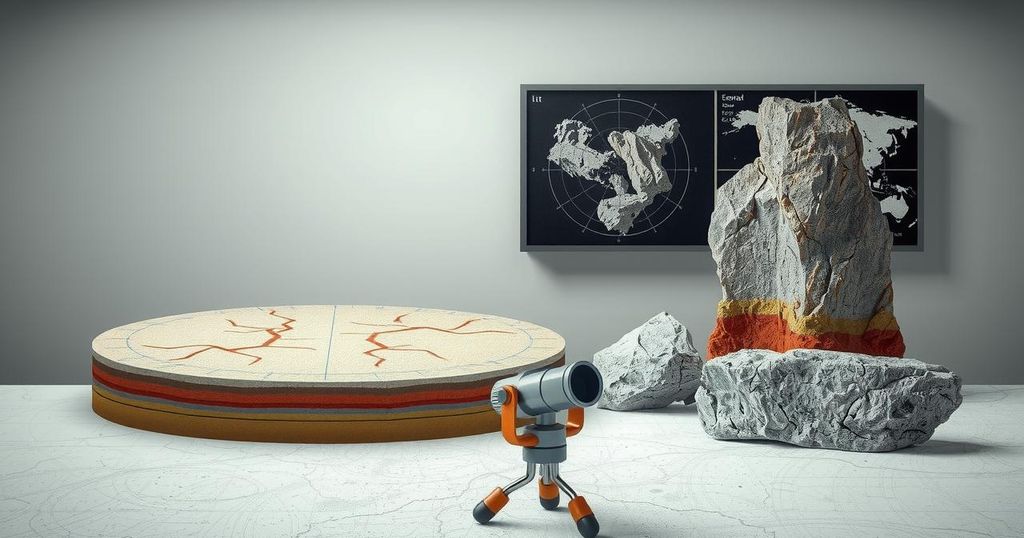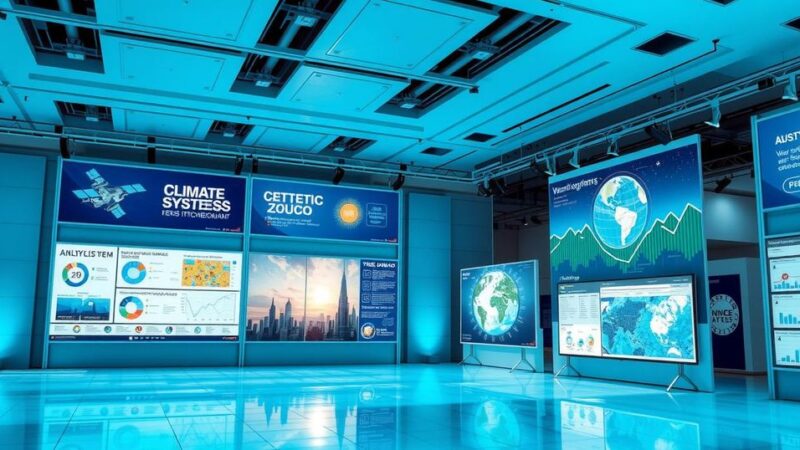A recent study has dispelled claims linking a magnitude 4.5 earthquake in Iran to a nuclear test, emphasizing the significance of accurate scientific information. Conducted by a team at Johns Hopkins University, the research confirms natural geological activity as the quake’s cause, amidst a backdrop of social media misinformation during a politically sensitive time.
Recent research has dismissed claims that a 4.5 magnitude earthquake in Iran resulted from a nuclear test. The study, published in the journal Seismica, highlights the dangers of misinformation, particularly during geopolitical tensions. Dr. Benjamin Fernando, who led the study at Johns Hopkins University, emphasized the misleading narratives that emerged online, further complicating the understanding of seismic activities.
The earthquake occurred on October 5, 2024, near Semnan, an area naturally prone to seismic events. Analysis of seismic signals revealed that the quake’s origin was due to natural tectonic activity, rather than any nuclear test. The research team used data from seismic monitoring stations to clarify that the quake arose from a collision of geophysical forces between the Arabian and Eurasian tectonic plates.
Dr. Fernando explained how seismic waves provide insight into the phenomena that generated them, identifying the earthquake as a reverse fault from the crust’s compression rather than from an explosive source typical of nuclear tests. The historical occurrence of similar earthquakes in the region reinforces the conclusion linking seismic activity solely to natural processes.
Following the earthquake, misinformation swiftly spread across social media, with claims of a nuclear test appearing shortly after the event. Initial confusion arose from misinterpretation of seismic data, leading to false narratives that gained traction in media worldwide, particularly in Indian outlets. Many reports inaccurately referenced previous seismic data to substantiate the unfounded claims.
The study’s authors noted that some of the most fervent social media posts originated from sources associated with Russian disinformation campaigns. They advocated for increased collaboration among scientists to address such misinformation promptly, suggesting that scientific organizations should disseminate accurate information rapidly to mitigate the spread of false claims. Dr. Saman Karimi emphasized the importance of partnerships between social media platforms and credible scientific bodies to counter misleading narratives effectively.
In October 2024, an earthquake in Iran raised concerns regarding its possible link to a nuclear test due to heightened geopolitical tensions. As social media amplified these fears, the scientific community responded with a study that provided clarification on the geological phenomena at play. This situation reflects the broader implications of how misinformation can spread rapidly and disrupt public perception during critical events.
The research decisively refutes claims that the October 2024 Iran earthquake was caused by a nuclear test, affirming its natural origin. It underscores the necessity for accurate scientific communication to combat misinformation in times of crisis. Enhanced collaboration between seismologists and media outlets could prove vital in preserving public trust in scientific evidence and data interpretation.
Original Source: www.thedigitalcourier.com






